Japan’s vast train network means it’s easy to get to and from almost anywhere, and that’s especially true in and around the nation’s big cities. A system that is ideal for long walks, as no matter where you decide to get off, it’s almost always possible to make it to another station, allowing for plenty of options, detours and the chance to change destinations on the fly.
It was such an approach that resulted in the photos below. We got a local train north of the capital, and then just meandered, for hours, taking in settlements around stations, and the relatively sparsely populated areas in between.
Scenery-wise it was quite befitting of a grey and cold Monday in early March, and a combination of the weather and locale meant we didn’t encounter many people. Instead, what we saw were signs of how things once were, along with the decades-long decline that has resulted in how things actually are. A side of the country that is rarely seen, and certainly never promoted, but for me at least, its faded charm is endlessly fascinating.
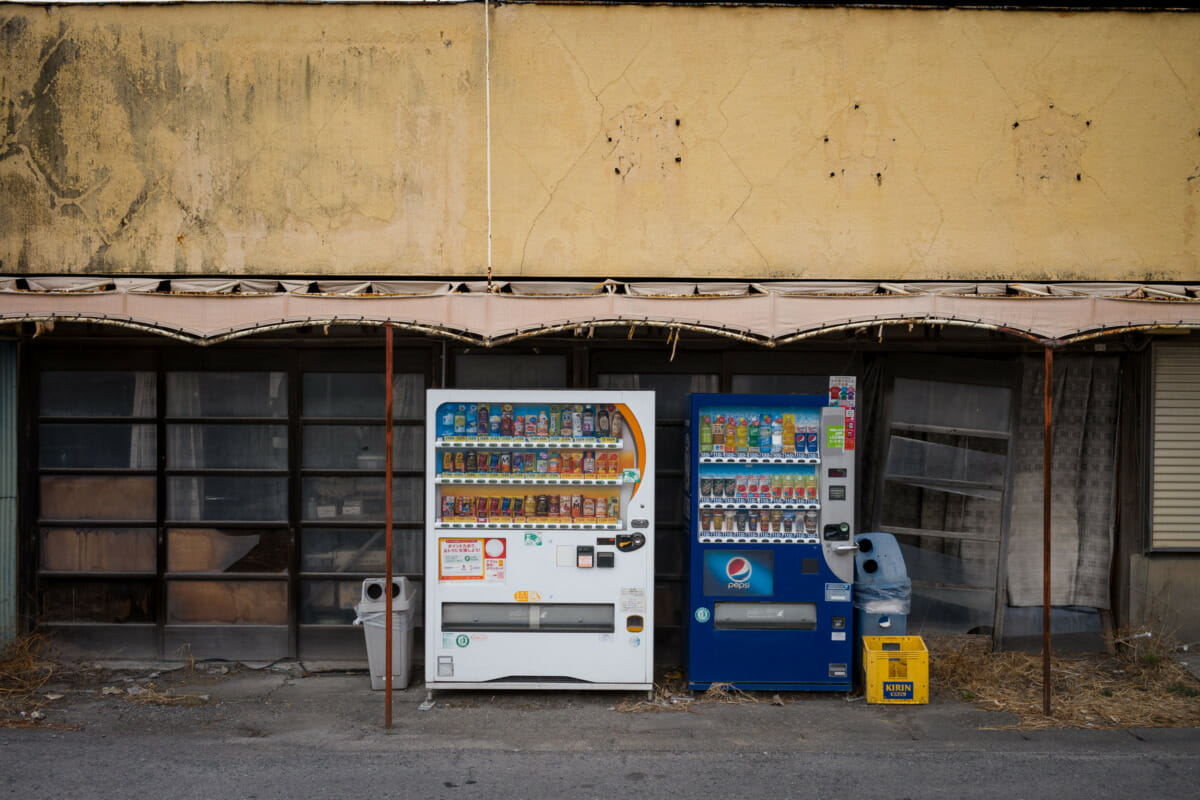
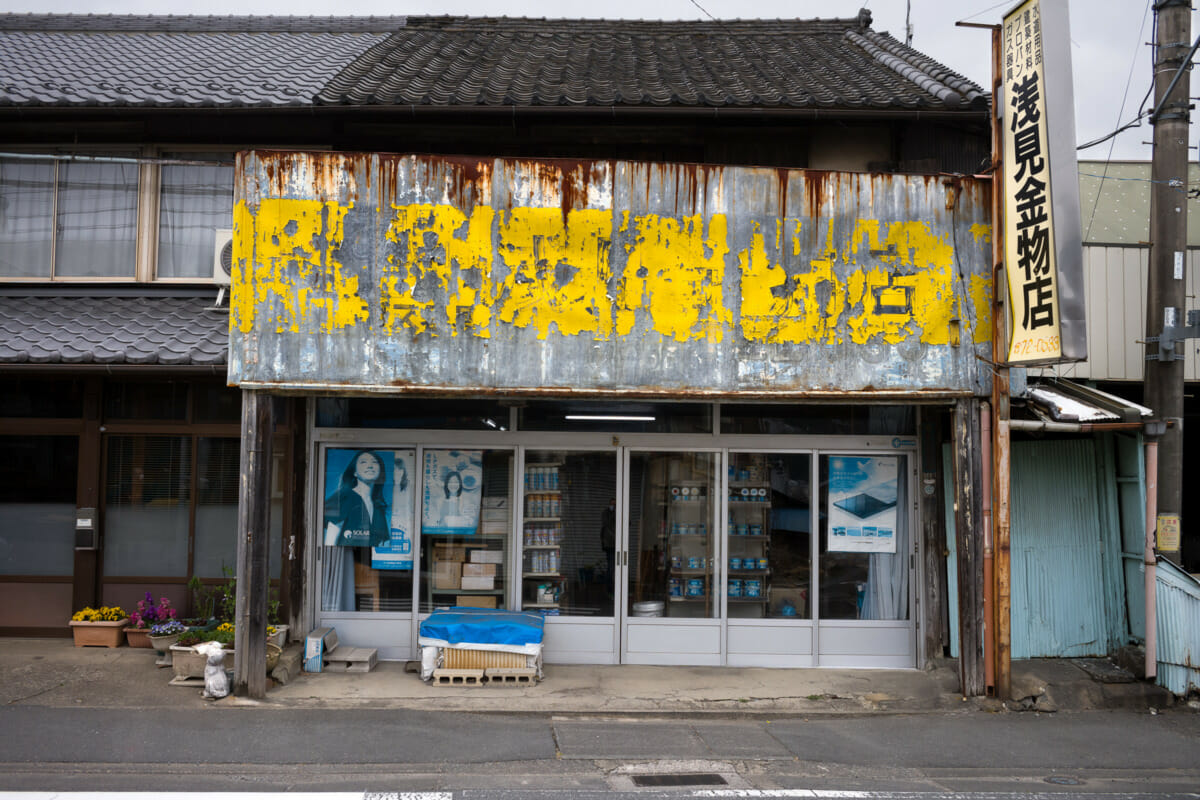
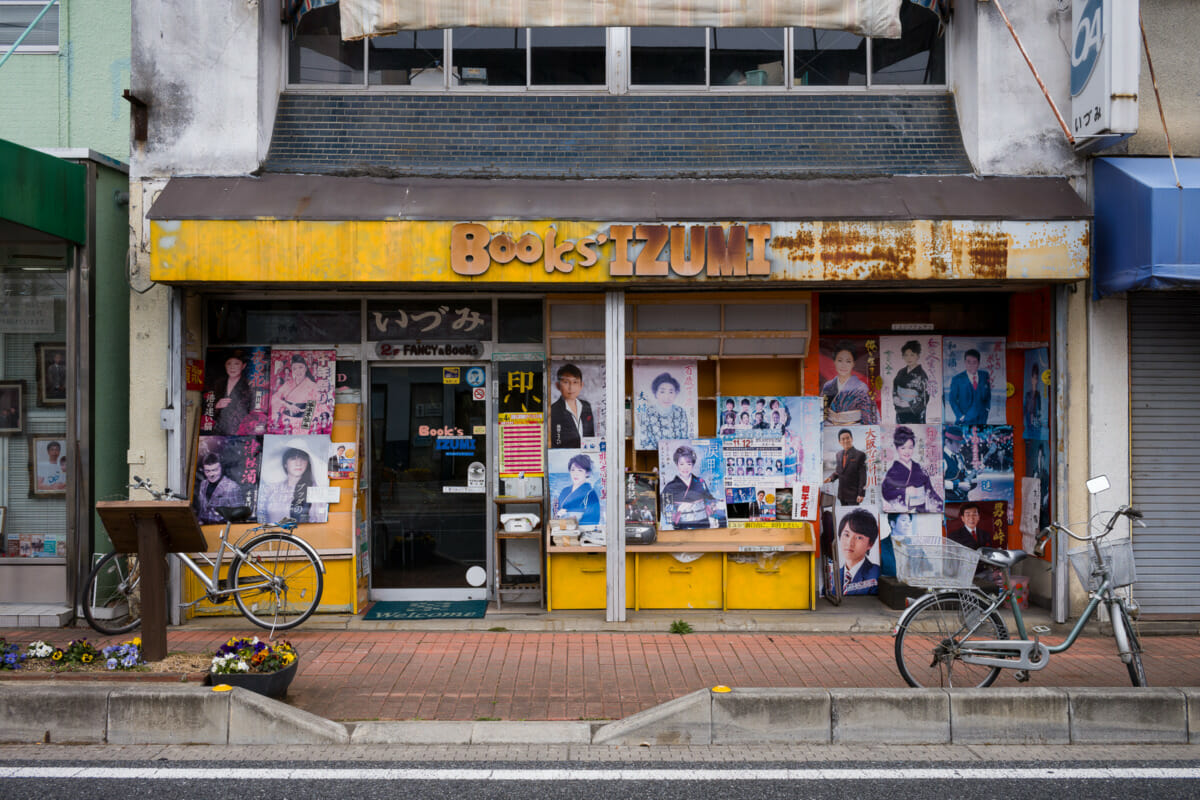
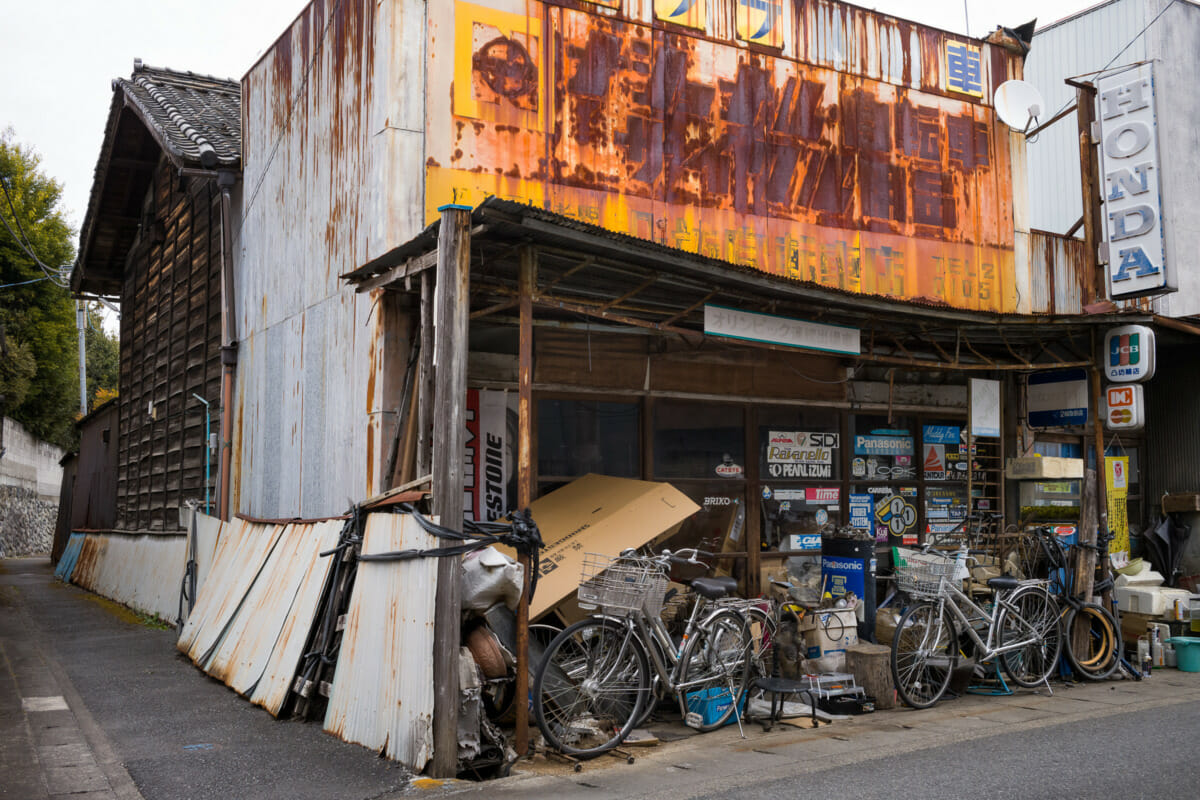
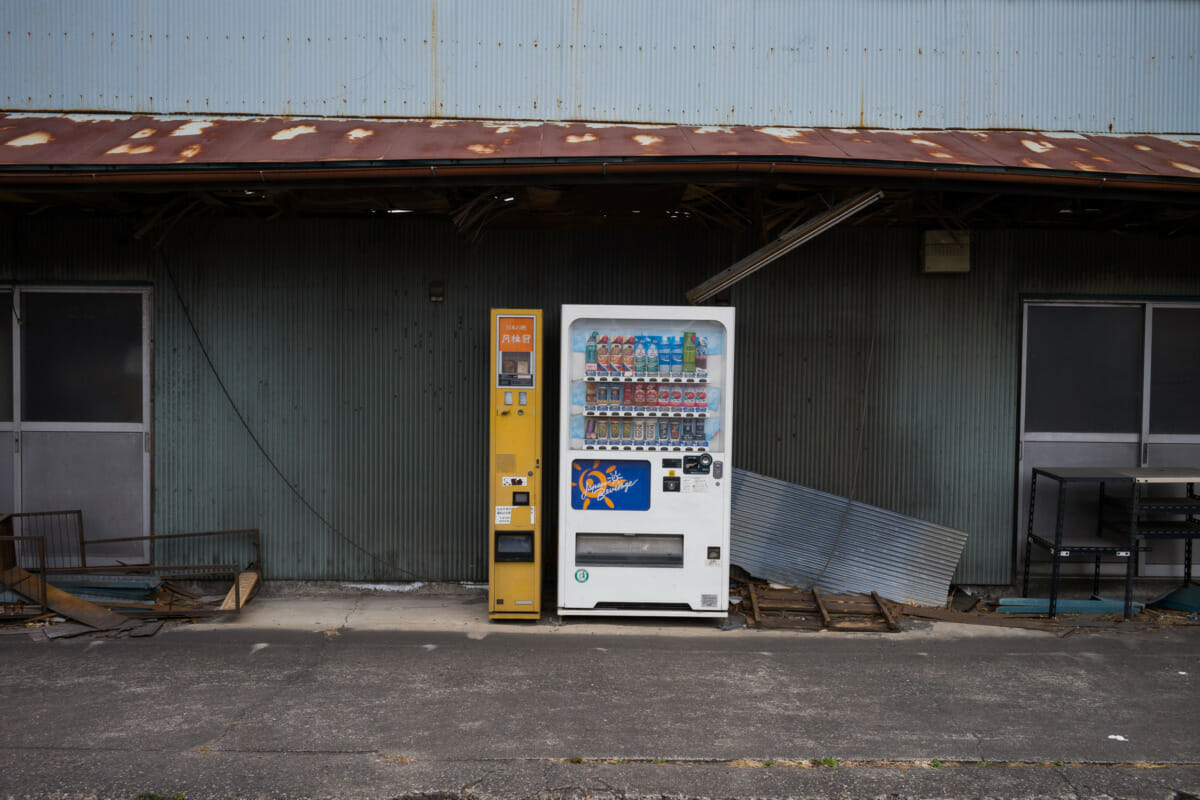
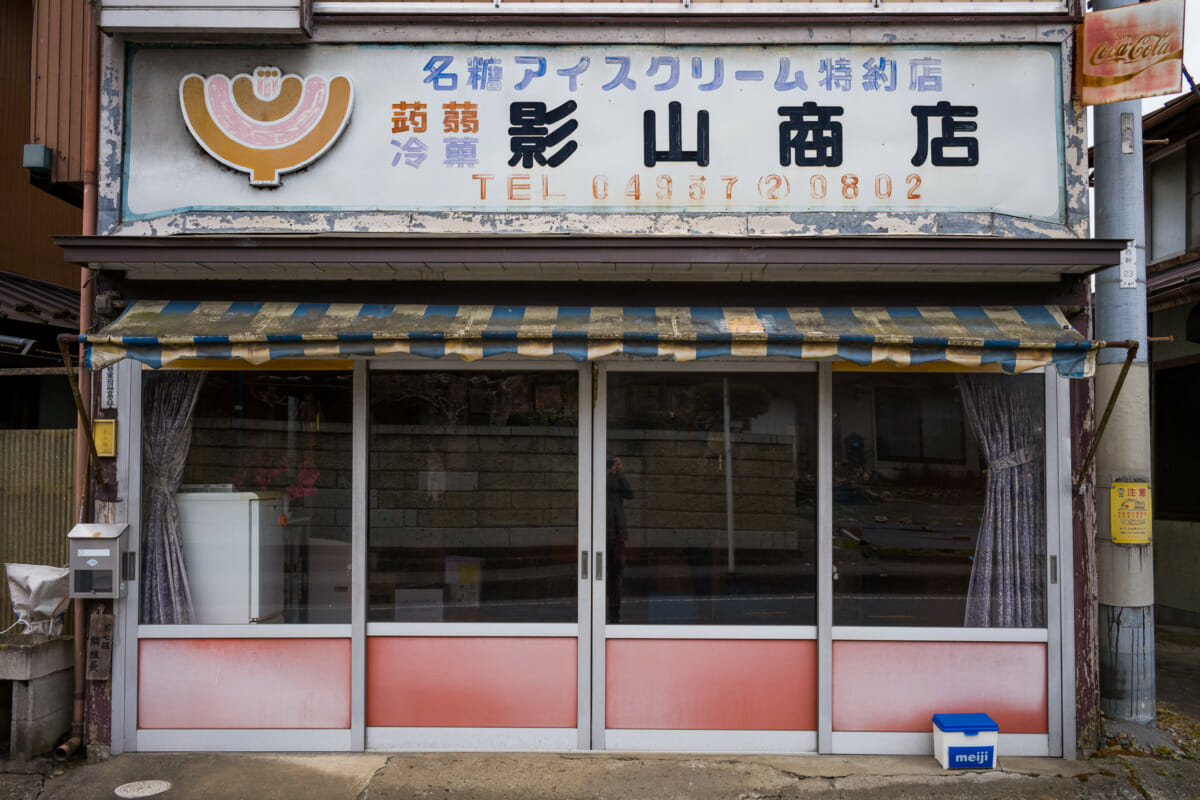
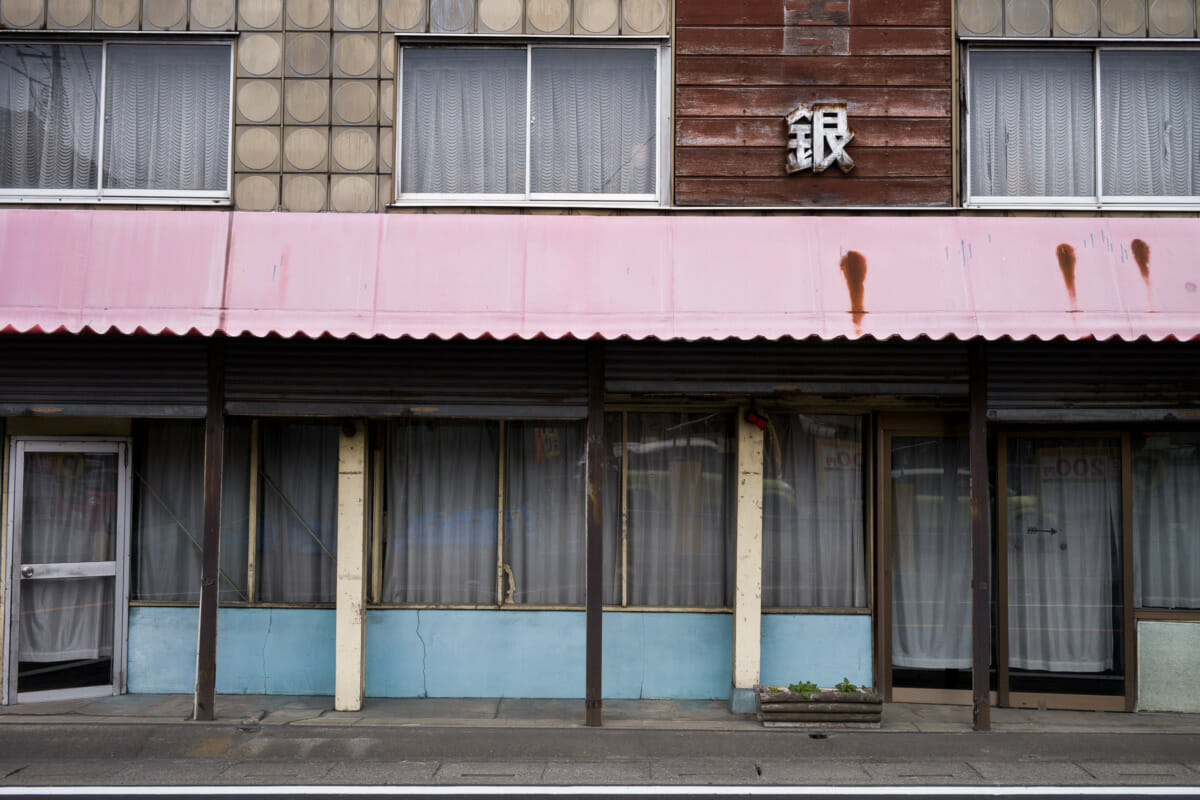
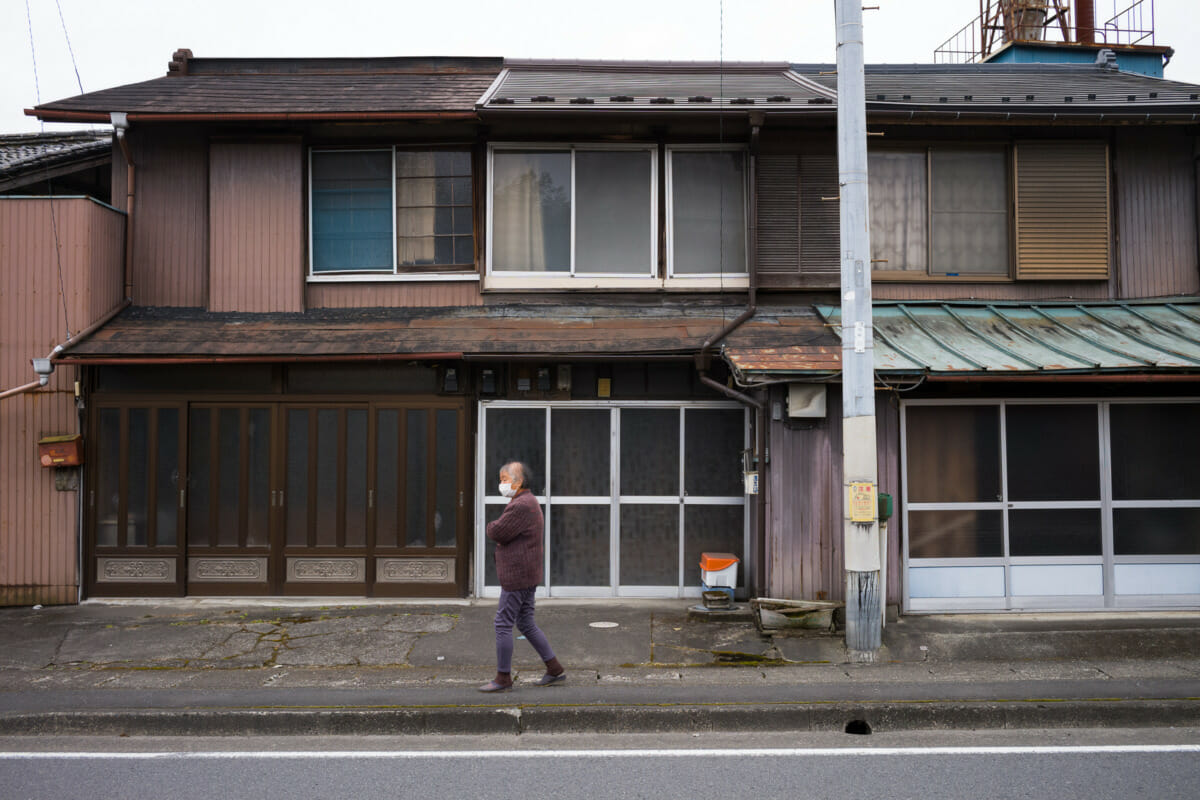
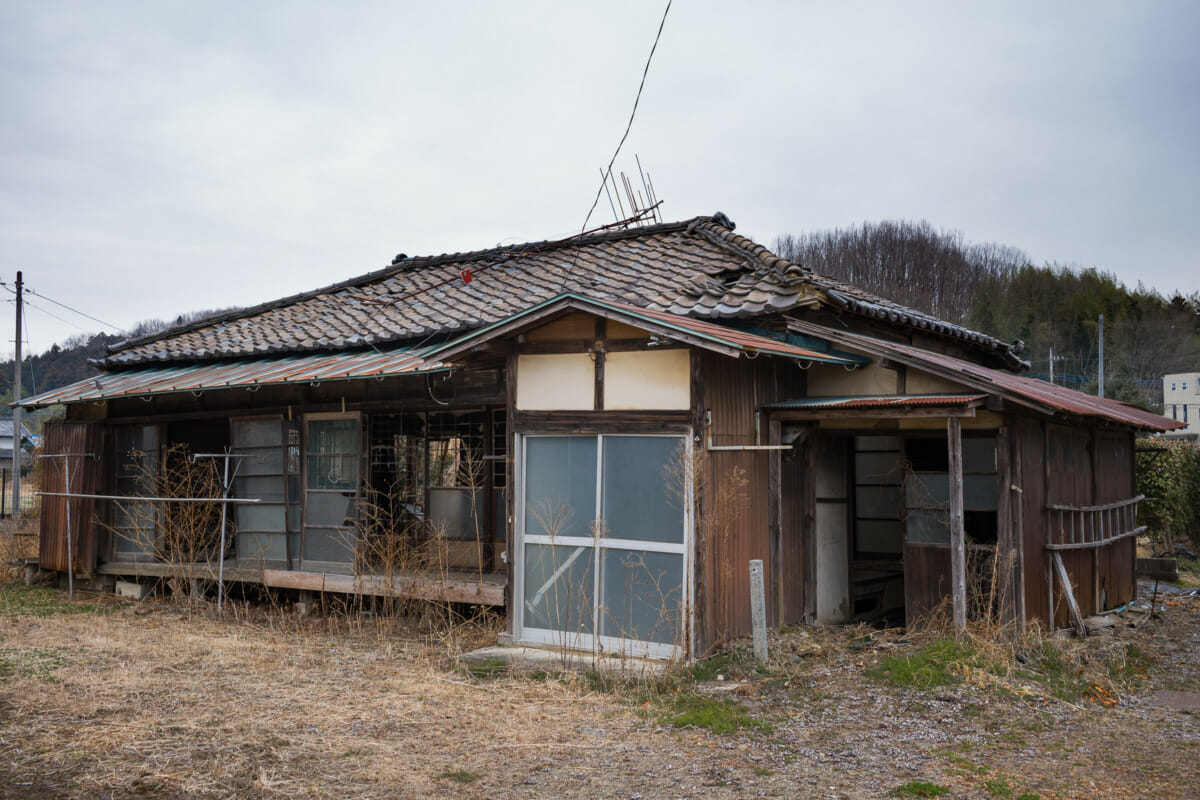

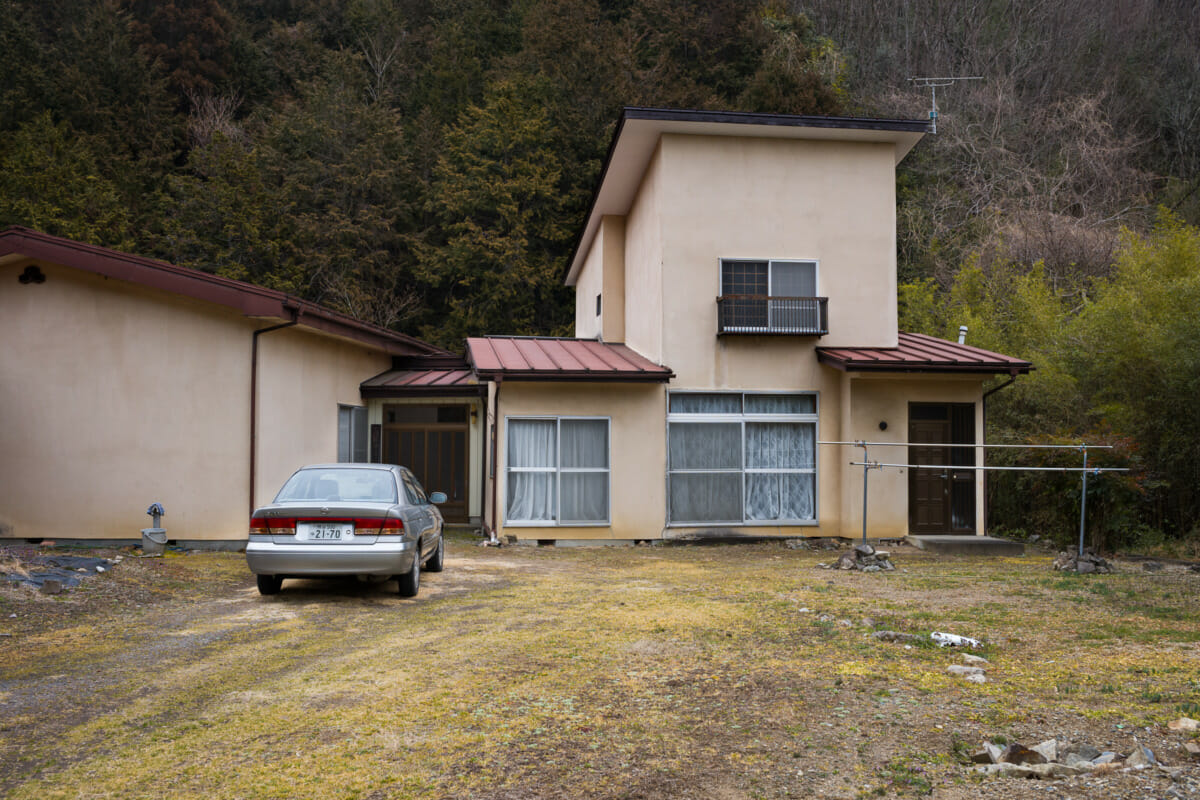
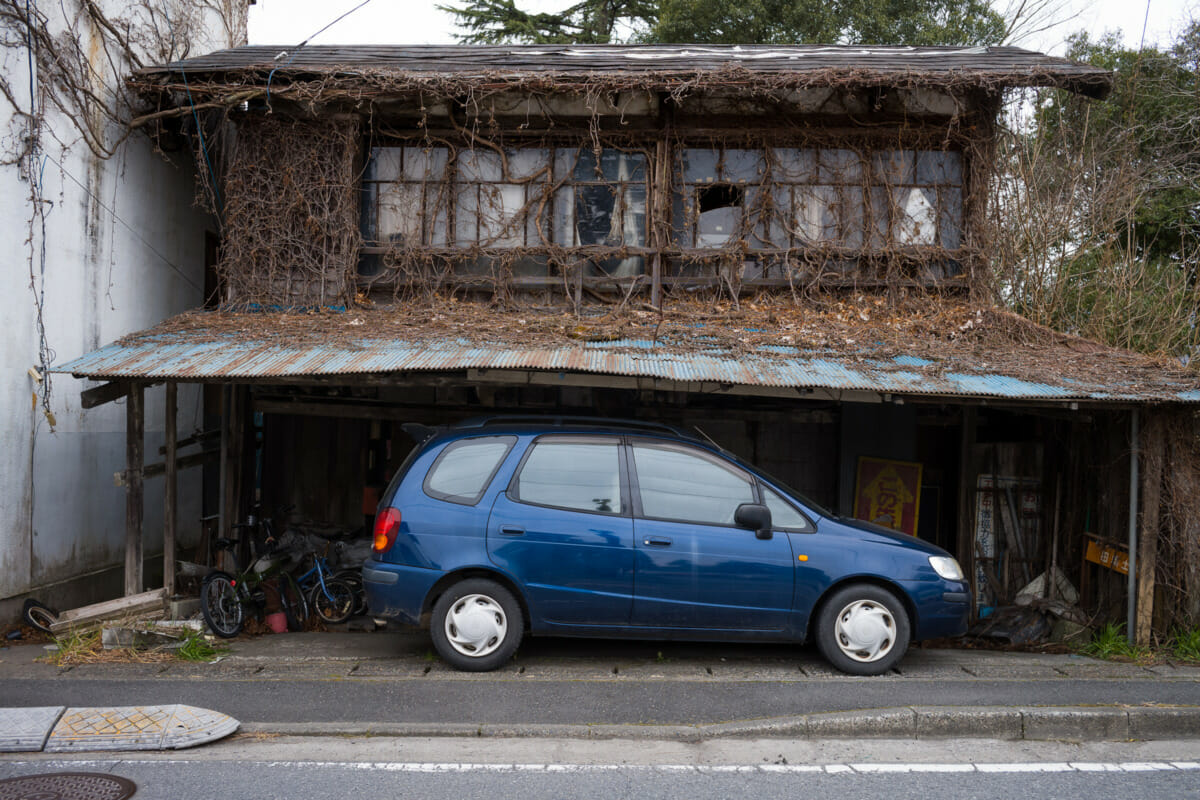
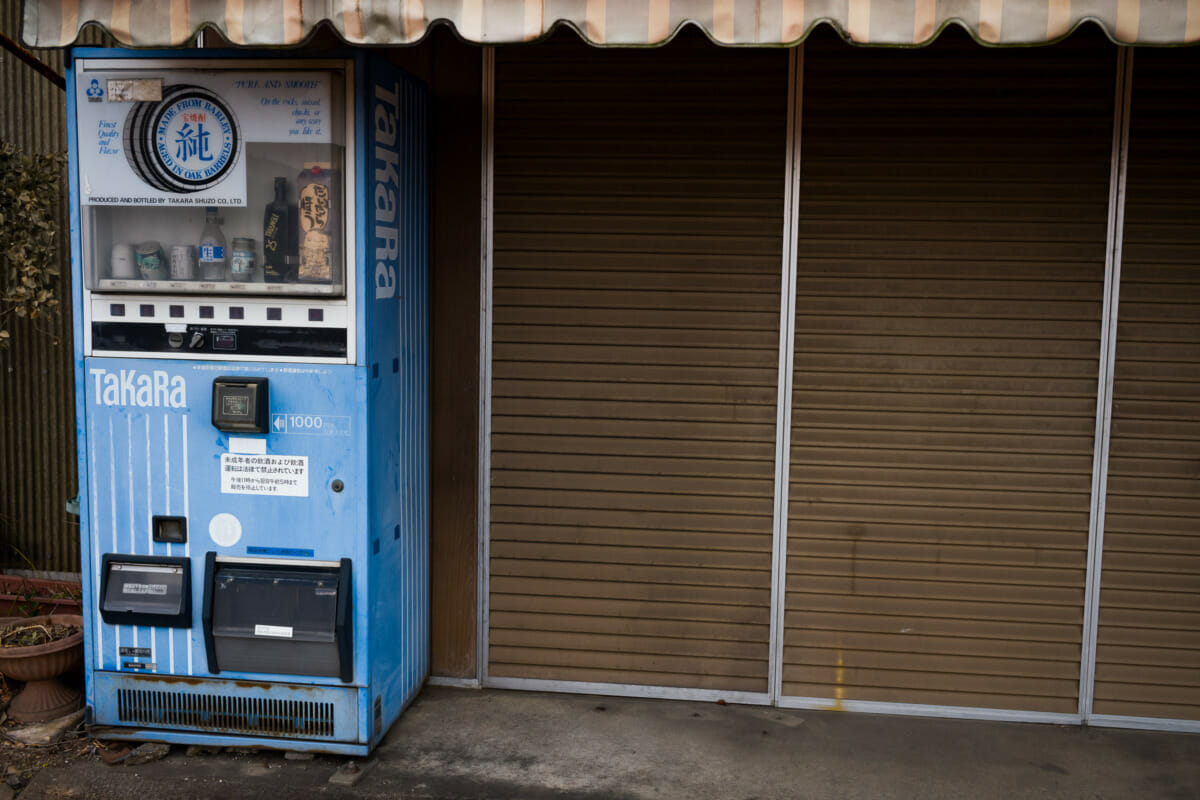
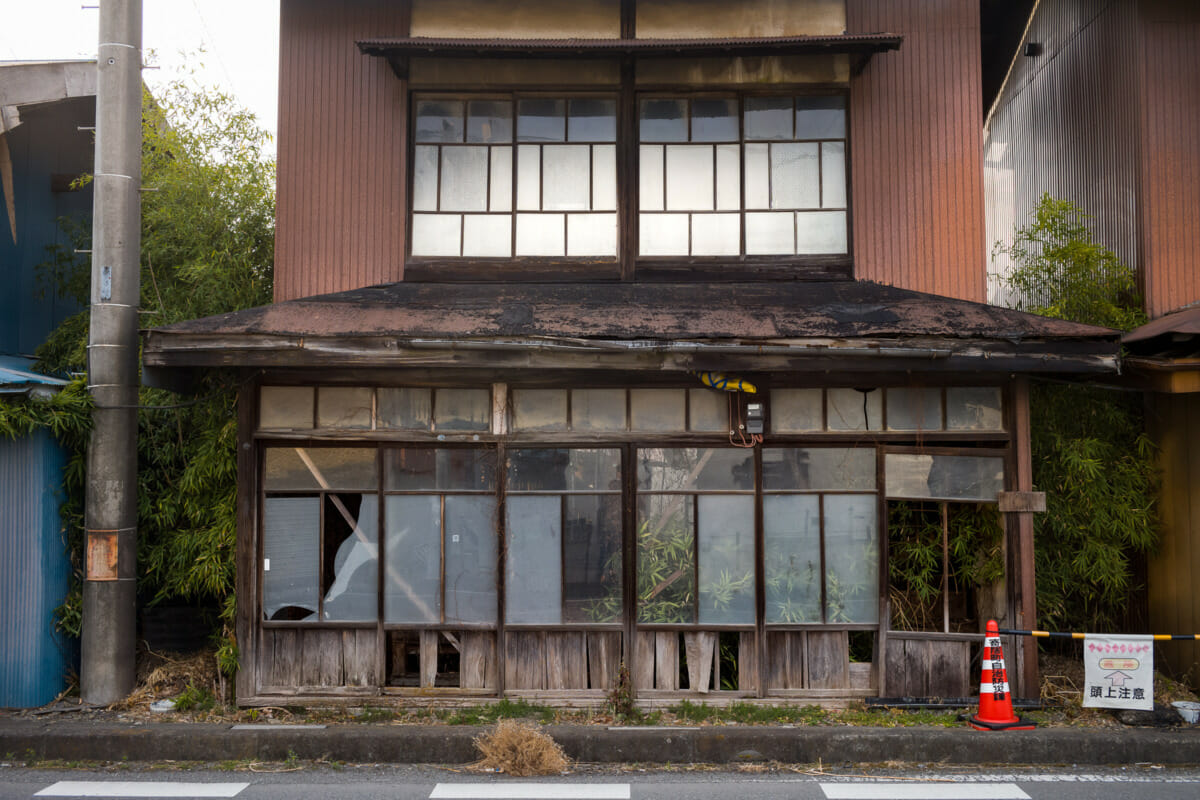
Morgan says
These are such an interesting set of images. I think alone they wouldn’t have the same impact but together I feel their poignancy. Thank you for sharing them.
Lee says
Thanks a lot. Some of them I like just as a single image, but yeah, put together they definitely tell more of a story. Good to hear there’s a poignancy in them too. Certainly a feeling of that in some of the locations, so glad it comes through in the photos.
Sean says
Great work as always. I love that first shot!
Lee says
Thank you very much. That’s quite a spot. Quite a contrast between the vending machines and the building too!
YTSL says
Agree that there’s a charm to the old vending machines and shopfronts. Re the abandoned buildings: I need signs of life to feel their charm — but those signs of life can include plant life rather than human life!
Lee says
Yeah, I like the contrast of the modern machines and old buildings. Always a treat to see. Haha, plant life isn’t a bad substitute, especially so when it’s as abundant as it was in that last house!
cdilla says
What a treat to see such a large collection of photographs like this. There is just so much in each sharp, well framed composition.
The sparsity of people is stark for someone who strives to include them. Reminds me of Ray Bradbury’s “Silent Towns”.
Is there anything Panasonic don’t or havn’t made? That would be a good party game – Name 10 things Panasonic have never made – erm “bikes? Nope. Aircon units? Nope, Houses!? Nope!.
The faded red panels on the sixth one down, and the perseverence of yellow paint and sky blue printers ink ties many of the buildings together; along with the rust and plant fibre that seems to be actually holding some of them together.
That blue car looks parked with some effort. But why. You would have though that falling rain would be less of a risk to it than falling building!
Lee says
Cheers. Good to hear you enjoyed them. And yeah, it was a bit odd to be not photographing more people.
Haha, good call on Panasonic. Just had a look around our place, and amazingly we don’t seem to have anything made by them. That’s probably illegal. Got all the other big Japanese names covered, but not the mighty Panasonic. That said, there’s likely something I’ve missed…
I didn’t really notice at the time, but looking at the photos it was nice to see the same colours being repeated. Probably planned by somebody from Panasonic.
Brian says
What is the narrow orange-colored vending machine selling?
Lee says
Sake. Beer vending machines are now rare, but these are even rarer. In fact, even when you do see one, it’s almost always old and out of order, and this one was no different.
Steve says
It’s interesting how many of these places are still inhabited. They look run down and abandoned, but there’s a stocked and working vending machine out front and tubs of bright flowers on the side. They are faded, but not yet dead.
Lee says
Yeah, definitely. Some long since abandoned, but others still in use, even if not as a shop anymore. With older, more traditional places often doubling as a home, it’s not uncommon for them to live on long after the business has ceased to exist.
Tal Danan says
Beautiful.